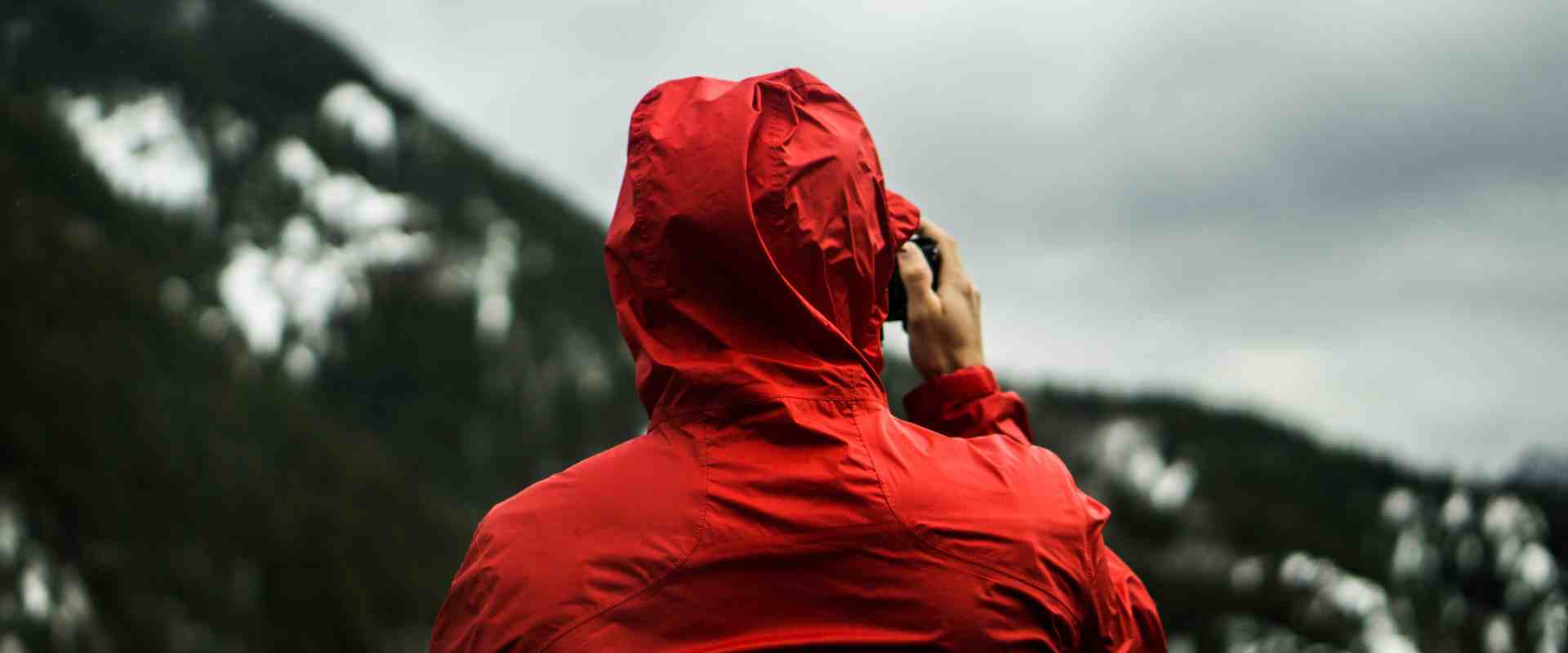
How to choose the best running jacket for your needs
The day has arrived when you put your money down, your extreme running adventure has been chosen and the entry fee paid. If your training has not already begun, the parting of this cash will at least ensure the intention is set in motion.
At some point the weather will not be on your side. When this happens, a waterproof jacket will be a necessary part of your extreme running kit. Even if the weather is kind to you it is highly likely that a seam sealed waterproof jacket will be a compulsory kit list item for race day.
With so many brands and features to choose from how do you pick what is best for your next adventure?
Regardless of the adventure there are some key features that are must haves that you should be on your list of consideration when selecting a suitable running waterproof jacket suitable for your extreme running adventures.
- Water resistance
- Windproofing
- Breathability
- Weight
In short, how much rain and wind is kept out, which impacts how much hot air can go the other way (released from the inside of the jacket) and what type of material is used which generally impacts the weight (and price) of the jacket.
How weather resistance and breathability work
It is important to understand how weather proofing a jacket works in relation to balancing water and wind resistance and breathability. You don’t want rain and wind to come in which saps heat from the body and is just plain miserable. So the material needs to be a tight weave so it can’t get in. But then you don’t want a sauna happening inside the jacket either. So ideally you also want the water vapour from body heat created inside the jacket to be expelled through the material. Trying to find this balance is where the materials and coatings used in the jacket manufacturing affect the level of weather resistance and breathability. It also results in other features being created to enable more personal control such as ventilation zips.
Realistically having a number of jackets for different seasons and conditions is the way to go. However, I do have my favourite jackets that can be adapted by layering underneath to suit most conditions. We will look at layering in another post.
Your selection of these features will determine not only how well the jacket suits the intended need but also the price and weight. Then there are the extra features which we will look at as well in another post, which includes vents, pockets, hoods, visibility, movement of the material and compression. But for now, let’s focus on the core features that will keep you warm and dry inside and out.
Weather resistance – rain and wind
Understanding the terminology used to describe the level of weather resistance the jacket is capable of is a good start.
Waterproof, water resistant and water repellent all have different levels of water and wind resistance.
Water resistant materials have been coated with a substance to improve the ability to deter water penetrating the material. Generally light showers, for short periods, light wind.
Water repellent is a step up from water resistant and generally means the material is hydrophobic (water fearing) so the product repels the water. You can see this action when the water beads on the surface of the material. Above average water and wind exposure such as the water repellant and wind resistant Arc’tyrex Incendo or Cita Hoody.
Waterproof indicates the material surface is impermeable thereby providing the highest seal against water entering the jacket. Very little wind or rain getting in and they will generally have taped seams to prevent water seeping in such as the OR Helium II or Salomon S-Lab Hybrid.
Breathability
I get incredibly hot running so for me breathability is important. There is no point being protected from the rain if you are dripping wet from moisture trapped inside the jacket. Today there is a large range of synthetic fabrics that give the breathability of natural fibers yet providing a thinner, lightweight alternative such as nylon and polyamides coupled with waterproof fabrics such as GoreTex used in the Arc’teryx Norval SL Hoody or Dry.Q Active such as used in the Mountain Hardware Stretch Ozonic jacket. The use of ventilation points can be a great additional feature to look for in a jacket which gives greater control over releasing humidity build up in the jacket, such as the huge zip pits on the Mammut Kento or Keiko HS Hooded jackets.
Weight
Every gram counts when you are running for hours on end but you need to balance weight with the functionality that you need. Superlight doesn’t mean you need to miss out on breathable and waterproof though with jackets like the Inov-8 Ultrashell. If you want lightweight, breathable, waterproof and some more durability you may have to look at a bit more weight such as the La Sportiva Hail.
As mentioned earlier there are lots more features to consider when looking at running jackets. In particular the all important pockets to stash those edible goodies while on a trail or the hood strength to stay up during strong winds. We cover those features in an upcoming post.
Happy trails and stay safe out there.